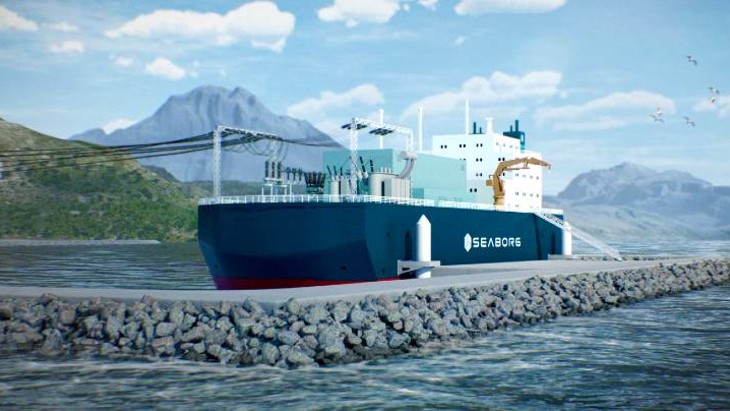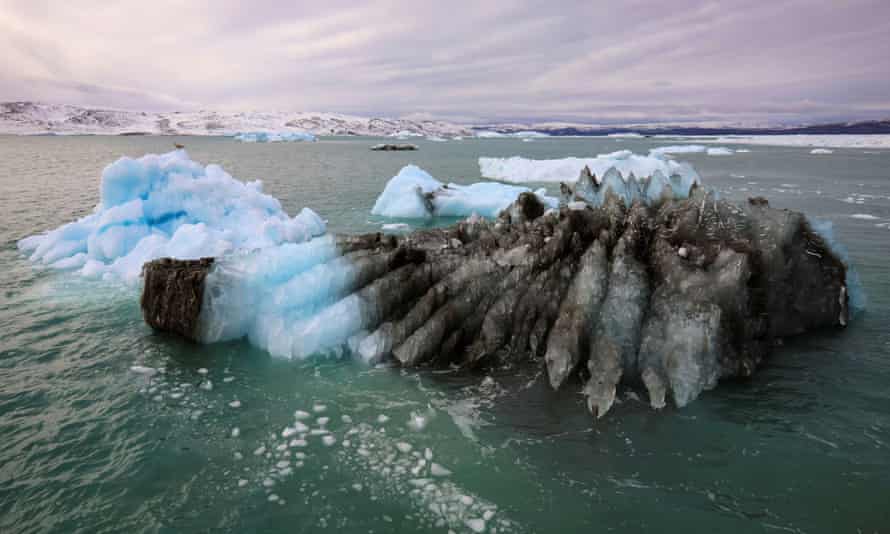New Mexico's water outlook for summer, fall: On the edge
Scott Wyland, The Santa Fe New Mexican
Sun, April 10, 2022,
Apr. 10—Another year, another growing season that will need summer monsoon rains to avoid water shortages.
After a promising snowy start in late December, the weather became drier as expected under La Niña, with the regional snowpack and precipitation falling to levels below a year ago and the 30-year median, according to a newly released federal report on March conditions.
Lower temperatures this year have been a double-edged sword, causing more powdery snowfall with less water content. But the sometimes-frigid conditions have also kept the snowpack from melting too early — as it has done in recent years — so the runoff flows when New Mexico farmers need it for their spring planting.
Water managers say March offers the first accurate forecast of the upcoming runoff because that's when the biggest snowpack buildup occurs.
This year's snowpack would be sufficient if not for the reservoirs being low, as the state owes Texas a hefty amount of water. There's also this problem, experts say: Climate change raises temperatures and increases evaporation.
The spring runoff should be enough to get irrigators through to July, but after that they'll need robust summer rainstorms to boost water supply for the rest of the growing season, said Jason Casuga, acting CEO and chief engineer for the Middle Rio Grande Conservancy District.
"I expect it to be difficult during the hot months," Casuga said. "Without late-season storage, if we don't get rain in the monsoon season, it's going to be very difficult in the back half of the irrigation season."
It's a similar situation to 2021, also beset by a La Niña, a Pacific Ocean weather pattern that pushes precipitation north and causes drier-than-normal conditions in Southwestern states.
Nearly all of New Mexico is immersed in drought conditions ranging from severe to exceptional, with Santa Fe County grappling with extreme drought. Although far better than a year ago, when half the state was mired in exceptional drought, it's a sharp downturn from January's more favorable picture after the heavy snowfall.
Last year, some much-needed summer rainstorms came, replenishing water resources enough for most farmers to irrigate into the fall, in clear contrast to 2020, when almost no rain fell during the summer, resulting in severe water shortages by September.
'Tough situation' Data shows the Upper Rio Grande Basin's snowpack is at 90 percent of the "long-term normal" and down 18 percent from a year ago, said Jaz Ammon, hydrological technician at the U.S. Natural Resource Conservation Service, who helped compile the report. This basin is the closest survey area to Santa Fe, with data collected at weather stations in Taos, at Ski Santa Fe and at other spots in the area, Ammon said.
Precipitation in the basin between October and April was 79 percent of the long-term normal, versus last year when it was 90 percent, Ammon said.
The long-term median, or normal, covers the period from 1991 to the present, he said.
State Engineer Mike Hamman said the agency recently moved the starting time up a decade, cutting out the wetter period in the 1980s, which created a drier scale that has made the drought years appear less arid.
"The bar is lower," Hamman said.
A recent study published in the journal Nature Climate Change says the West is experiencing the driest 22-year period since A.D. 800, putting the region, which includes New Mexico, in a megadrought.
Human-driven climate change is compounding the drought's severity and lengthening its duration, the researchers say, estimating it could drag on to the 30-year mark before it finally passes.
The previous megadroughts predated the industrial revolution, when heat-trapping greenhouse gases began to be spewed en masse into the atmosphere, showing the West can have severe natural droughts independent of climate change, the study's authors stated.
However, the cumulative greenhouse emissions of the past two centuries have clearly worsened the West's current drought, they said.
The changing climate has raised average temperatures roughly 2 degrees since the 1990s and decreased precipitation, leading to what scientists call aridification.
It has intensified evaporation and parched the soil, making it soak up water like a sponge. That in turn has reduced the amount of runoff going into the Rio Grande and flowing downstream to farmers and Elephant Butte Reservoir, the main hub for passing water to Texas to pay the debt and meet obligations in a multistate water-sharing pact.
Meanwhile, back-to-back La Niña patterns are further depleting water sources.
Rolf Schmidt-Petersen, director of the Interstate Stream Commission, said the overall picture the federal report paints is bleak — unless the region gets a healthy monsoon.
"It indicates a tough situation coming our way," Schmidt-Petersen said. "I see as difficult a year coming up to us as last year with less stored water available."
No backup supply
Water storage will be greatly reduced this year because El Vado Dam's renovation will get underway by summer.
The work will take out the main reservoir for keeping the Rio Grande's "native" or natural water, as opposed to Colorado River water that flows through dams and tunnels in the federal San Juan-Chama system into the Rio Grande.
At the moment, losing the reservoir means there's no place to store native water for irrigation, leaving the conservancy district no buffer to supply farmers in the latter part of the season, Casuga said. Having no backup water in a drought season can be problematic, he added.
State officials want to store additional native water in Abiquiú Lake but must overcome some hurdles. The Army Corps of Engineers, which oversees Abiquiú Dam, must sign off on it, and all Rio Grande Compact commissioners must approve.
Texas has opposed New Mexico expanding storage until it pays down its water debt to the Lone Star State of roughly 127,000 acre-feet, or 41 billion gallons. An acre-foot is enough to submerge a football field in a foot of water.
Hamman, the state engineer, said he wrote a letter to the Army Corps of Engineers asking to store 20,000 acre-feet, or 6.5 billion gallons, at Abiquiú to serve the pueblos' water needs. He's confident the corps will agree to it.
In addition, the state wants to store 45,000 acre-feet, or 14.6 billion gallons, at the reservoir to help cover irritation needs.
Hamman believes he can work through the impasse with Texas.
"We'll continue to talk with the state of Texas to see if there are other scenarios that might benefit the entire basin," he said.
Meanwhile, the irrigation district has staggered water deliveries to various areas since March, so growers get their supply early rather than late, as they did last year, Casuga said, adding that timely distribution is important as they face another challenging season.
"We wanted to make sure we were more on top of that and were more efficient than we were last year," Casuga said.
Ammon said the only way to really solve the drought-induced problems is to have two or three above-average wet years in a row.
Robust snowpacks and precipitation would be required in all those years, he said.
"One or the other is not enough to cut it," Ammon said.






















